Reading comprehension can feel like trying to decipher ancient hieroglyphics for some learners. With the right literacy interventions, however, it doesn’t have to be a puzzle. These strategies can transform struggling readers into confident bookworms, ready to tackle any text that comes their way.
Table of Contents
ToggleUnderstanding Literacy Interventions
Literacy interventions focus on improving reading comprehension for students struggling with this critical skill. Structured programs address specific needs, enabling individuals to engage successfully with texts. Curriculum-based measures often identify areas requiring intervention, ensuring tailored support.
Effective interventions incorporate strategies that promote vocabulary development, fluency, and comprehension skills. For example, guided reading sessions allow learners to practice new strategies with the support of an instructor. Teaching techniques such as reciprocal teaching enhance understanding through dialogue between students and teachers, which promotes active participation.
Graphically organized tools—like graphic organizers—aid learners in visualizing relationships between concepts, improving clarity. Frequent assessments track student progress, adjusting interventions based on specific outcomes. Progress monitoring guarantees that each learner receives appropriate assistance tailored to their requirements.
Positive reinforcement plays a crucial role in motivating students, encouraging persistence as they improve their skills. Literacy intervention programs aim to build confidence alongside competence, fostering a passion for reading. Success stories demonstrate how targeted interventions transform struggling readers into enthusiastic participants in the reading process.
Research indicates that early literacy interventions significantly impact long-term reading success. They provide essential foundational skills, setting students on the path to proficiency. Implementing evidence-based practices ensures that all students can access and interpret texts effectively.
Literacy interventions serve as a vital component in addressing reading comprehension challenges, enabling learners to develop critical skills necessary for academic success.
Importance Of Reading Comprehension

Reading comprehension serves as a critical skill for academic success. It not only influences how well students understand and engage with texts but also impacts their ability to process information across various subjects.
Key Components Of Comprehension
Effective reading comprehension relies on several key components. First, vocabulary knowledge enhances a reader’s ability to grasp meaning. Second, background knowledge allows readers to connect new information to what they already know. Third, the ability to make inferences supports understanding beyond the text. Additionally, monitoring comprehension involves self-checking to ensure clarity of understanding. Structured reading strategies, such as summarizing and questioning, further assist readers in processing information accurately.
Impact On Academic Success
Stronger reading comprehension directly correlates with improved academic performance. Students who excel in comprehension tend to achieve better grades across subject areas. Understanding complex texts fosters critical thinking skills essential for assessment and innovation. Moreover, students with solid comprehension skills often demonstrate greater engagement in classroom discussions. This engagement contributes to a positive learning environment, promoting collaboration and intellectual growth. Early emphasis on comprehension skills lays a foundation for lifelong learning and academic integrity.
Types Of Literacy Interventions
Literacy interventions encompass various methods aimed at enhancing reading comprehension skills. These approaches cater to distinct learning needs, providing targeted support for students facing challenges.
Direct Instruction Programs
Direct instruction programs emphasize systematic teaching methods to improve reading comprehension. These programs focus on explicit teaching of comprehension strategies, vocabulary enhancement, and fluency development. Teachers deliver structured lessons that incorporate modeling, guided practice, and independent reading activities. Evidence supports the effectiveness of direct instruction; students often demonstrate significant gains in comprehension skills when engaged in these programs. Regular assessments guide instructional adjustments, ensuring alignment with individual learner needs.
Technology-Enhanced Interventions
Technology-enhanced interventions leverage digital tools to support reading comprehension development. These approaches include interactive software, online reading platforms, and learning applications designed to engage students in the reading process. Various programs offer adaptive learning experiences, providing personalized practice and feedback based on student performance. Research highlights the benefits of integrating technology; students often show improved motivation and participation in literacy activities when technology is involved. Additionally, these interventions can facilitate access to diverse reading materials, expanding student vocabulary and comprehension skills.
Implementing Literacy Interventions
Successful implementation of literacy interventions requires careful planning and assessment of student needs. Regular evaluations help identify specific areas where students struggle, allowing educators to tailor their approaches effectively.
Assessing Student Needs
Effective assessments gather data on various factors influencing comprehension, such as reading level and background knowledge. Using tools like curriculum-based measurements provides clear insights into students’ strengths and weaknesses. Additionally, educators can conduct informal assessments through observations and discussions. Feedback from students also informs the evaluation process, ensuring a comprehensive understanding of their needs. This targeted assessment lays the groundwork for selecting appropriate intervention strategies.
Tailoring Interventions To Individual Learners
Personalized interventions enhance their effectiveness by addressing each learner’s unique challenges. Programs should incorporate various methods, including one-on-one tutoring and small group sessions, to cater to different learning styles. Teachers can use flexible grouping techniques, adapting to students’ progress and ongoing needs. Frequent check-ins and adjustments based on students’ performance ensure that the interventions remain relevant. Engaging activities such as interactive reading sessions and vocabulary games foster motivation while supporting comprehension. Ultimately, customization leads to improved outcomes and a deeper appreciation for reading.
Measuring The Effectiveness Of Interventions
Measuring the effectiveness of literacy interventions plays a crucial role in enhancing reading comprehension. Structured assessments enable educators to track progress and identify areas needing additional support. Frequent evaluations utilize curriculum-based measures, providing immediate feedback on student performance.
Data-driven decisions guide adjustments in instruction. Regular assessments, such as informal observations and standardized testing, ensure targeted interventions address student needs effectively. Analyzing these evaluations reveals trends in comprehension skills over time, influencing future teaching strategies.
Monitoring student engagement during interventions also contributes to understanding effectiveness. Observations of participation levels in guided reading sessions or technology-enhanced programs reveal insights into motivation and interest. Effective programs engage students through interactive activities and personalized learning experiences.
Research supports specific measures linked to success. Studies show that students who participate in structured programs see significant improvements in comprehension. Documentation of these gains illustrates the impact of tailored interventions, allowing educators to highlight successful strategies.
Collaborative discussions among educators further enhance assessment practices. Sharing insights about individual student progress helps refine intervention methods. Collective experiences inform adjustments, ensuring that interventions remain dynamic and responsive to learners’ evolving needs.
Analytics from technology-based tools provide additional layers of understanding. Digital platforms often generate data on individual reading progress, enabling real-time adjustments to instruction. Educators can leverage this information to reinforce effective strategies and address specific areas for growth.
A systematic approach to measuring the effectiveness of literacy interventions fosters improved reading comprehension skills. Continuous assessment and responsive feedback create a strong foundation for academic success and lifelong learning.
Literacy interventions play a crucial role in transforming the reading experiences of struggling learners. By implementing tailored strategies and regular assessments, educators can effectively address individual challenges and foster a love for reading. These interventions not only enhance comprehension skills but also contribute to overall academic success. With the right support and resources, students can unlock their potential and develop the confidence needed to engage fully with texts across all subjects. Investing in literacy interventions is essential for nurturing lifelong readers and learners.



